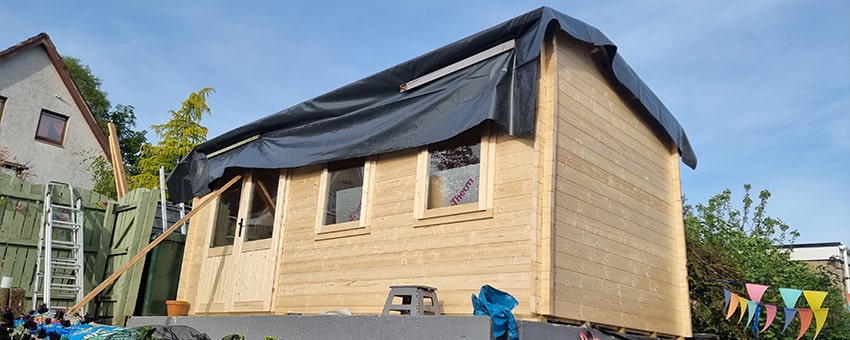When you know that shielding your roof boards from the elements is one of the most important stages of your build, it can be daunting. But getting your roof protection in place is quick and easy if you follow these steps, and doesn’t require a huge array of tools.
We are here to lead you step by step through the felting of your roof. The process of felting an apex roof is ever so slightly different to a pent as it is pointed rather than a sloping roof. So make sure you are following the correct instructions for your model!
See our article on roof styles here for more information
Applying Superfelt On A Log Cabin Roof – 5 Easy Steps
Tools required:
- Felt Rolls
- Galvanised Clout Nails
- Claw Hammer
- Felt Cutter
- Tape Measure
- Felt Adhesive
- Plastic Membrane
Step 1
With a Dunster House log cabin, it is best to lay a plastic waterproof membrane (not supplied) over the roof, which is then to be secured down with a staple gun in intervals of around 20mm. Cut the excess membrane leaving a 5mm – 10mm overhang.
Step 2
Next, move on to adding the actual super felt to the roof. You want to start off by rolling it out onto the ground and cutting into long strips which are to be horizontally placed across the roof. If two separate felt pieces are required to connect, we suggest overlapping by 200mm. Allow the felt to overhang off the roof by approximately 30mm, and start nailing down at around 200mm intervals with clout nails.
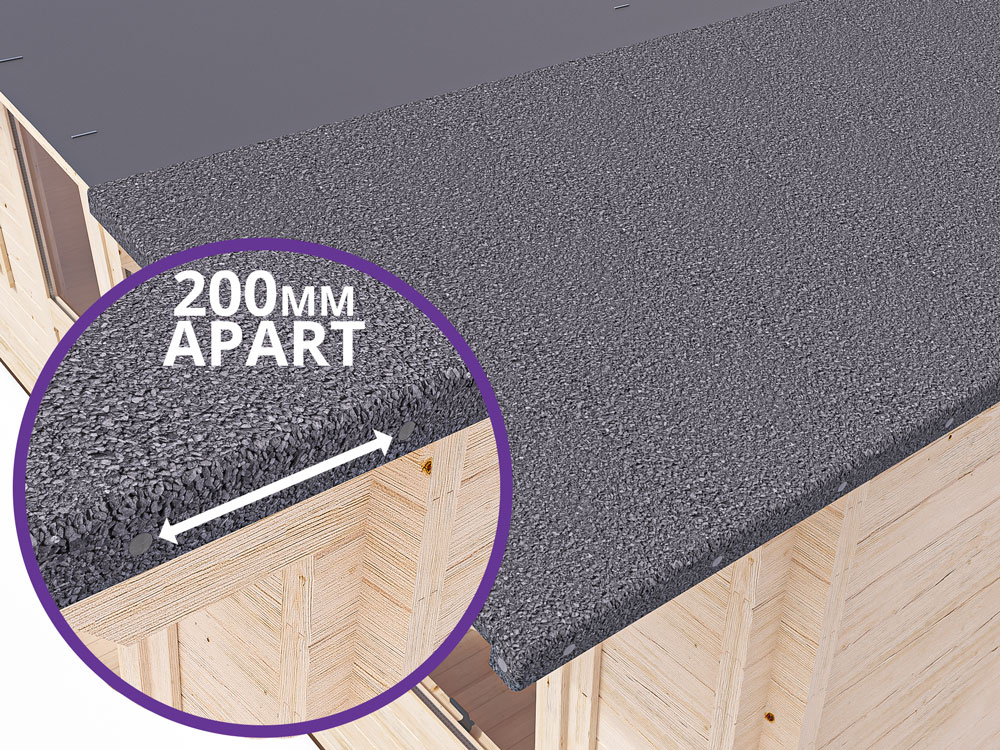
Step 3
Continue to lay down the felt, and nail down with even spaces as you go through. Overlap the adjoining layers by 200mm, and seal those joints with felt adhesive. Once laid, nail the edges down.
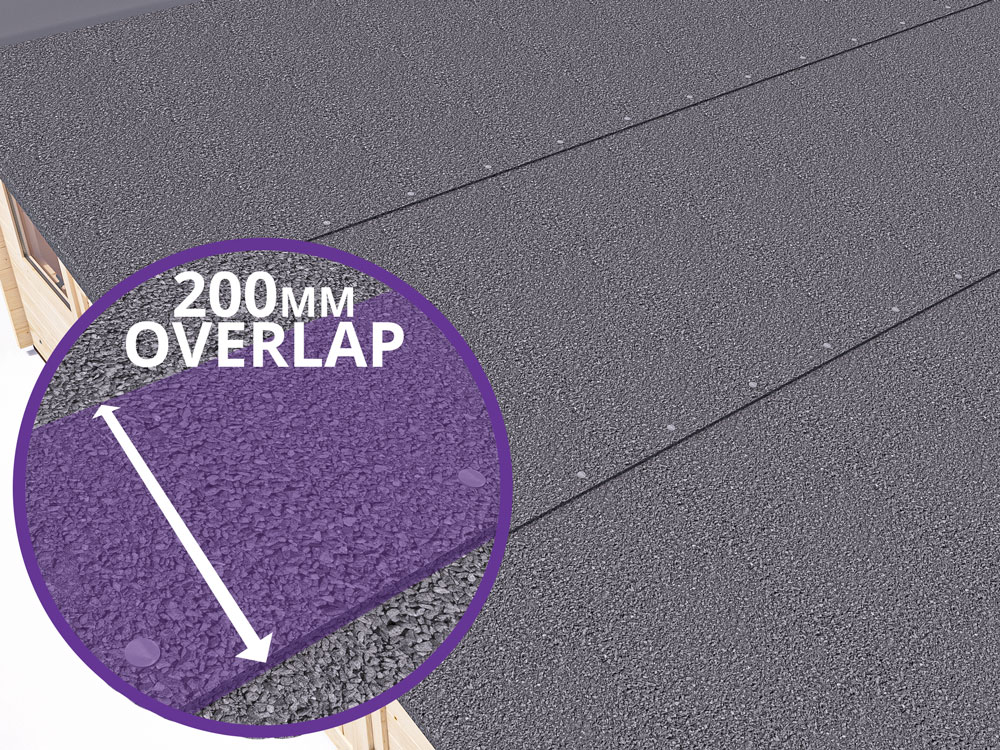
Step 4
When the felt has reached the ridge, fold over a length of felt to cover both sides of the upper layers by 200mm or more, and seal the joints and nails together. Nail the felt on each side of the ridge.
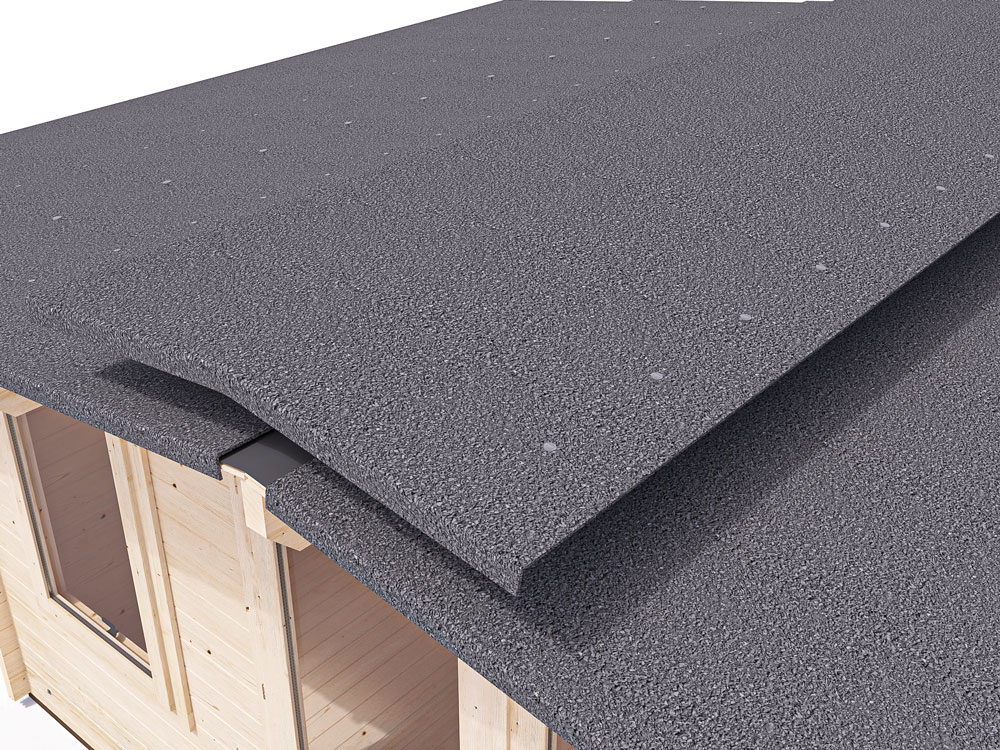
Step 5
Trim as required.
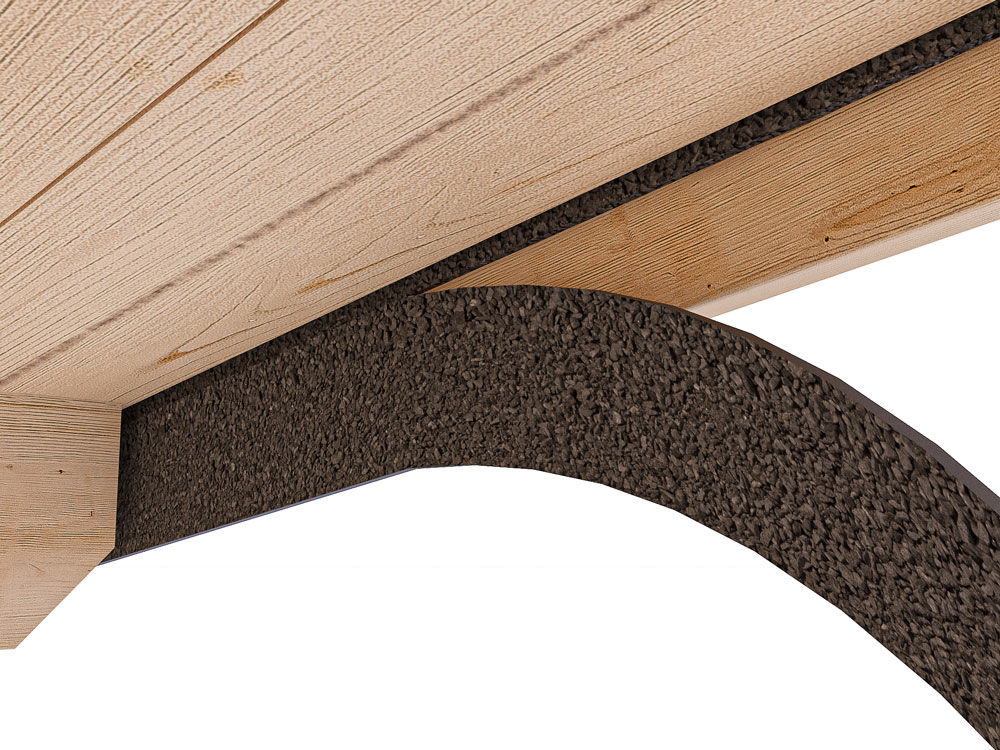
Looking at applying roof shingles rather than felt? See our short video on How To Lay Roof Shingles.
How Long will this Roofing Material Last?
The superfelt is a highly durable form of felt, in comparison to standard felt. It is made of thick polyester making it resistant to tearing in strong winds. The life expectancy of super felt is around 5 years, but can last longer depending on how well you maintain it.
What are the Different Types of Roof Covering?
The difference between shingles and roof felt is down to the materials used and the process in which they are made. Roof felt is made from an advanced polyester formula whereas shingles come from fibre-based bitumen. Although shingles are of higher quality than roof felt, not all garden building roof styles are suitable for shingles.
For more information read our article – Roof Felt Vs Shingles


